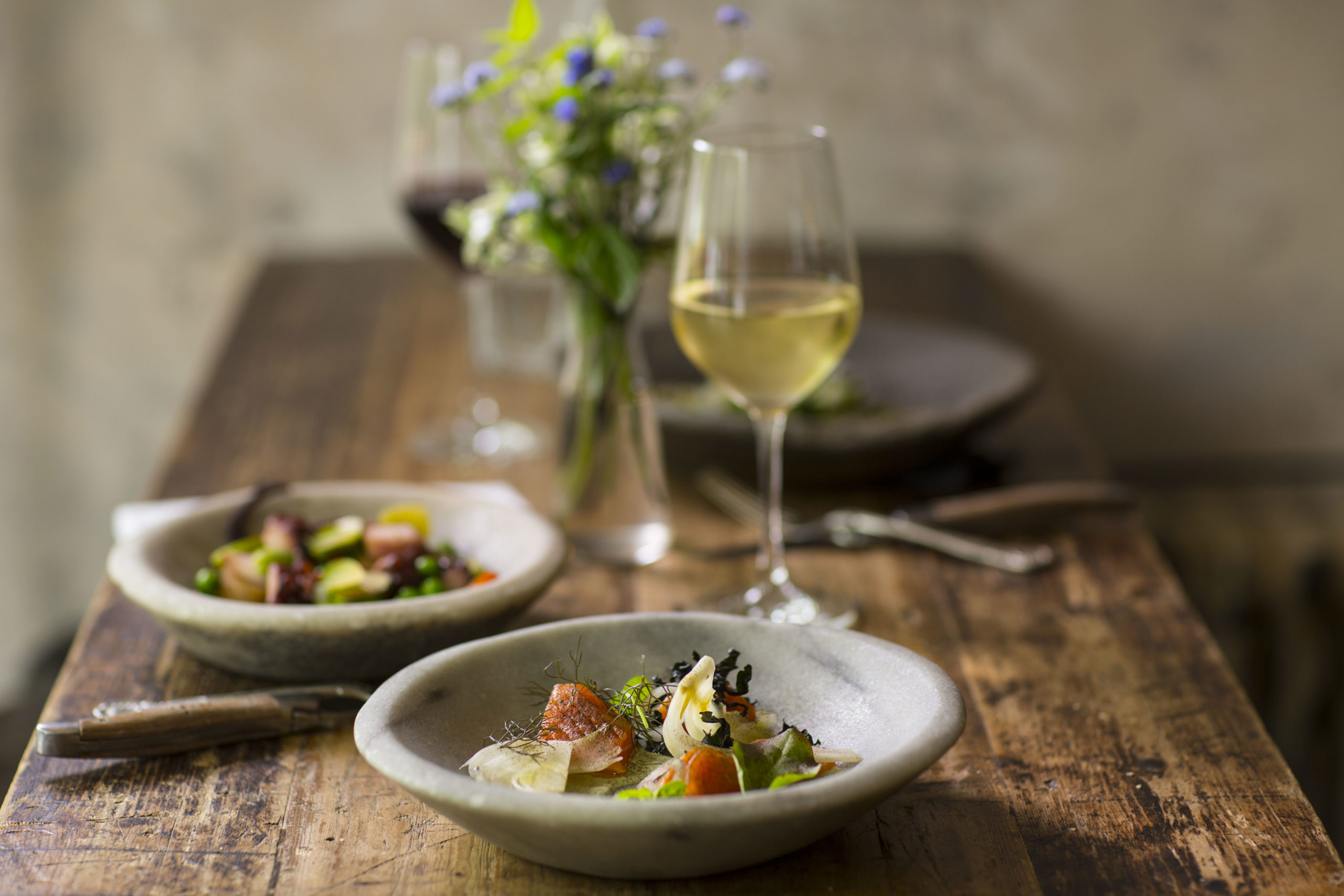
By Alaina Leary
I’ve had chronic digestive problems my entire life. They run in my family like a bad curse. Mornings when I was a kid and teen were often spent figuring out if I was feeling well, and if I was sick, whether or not I was too sick to do anything that day.
I was a freshman in college when I learned that eating smaller, more frequent meals can be beneficial for your digestive system. It can even prevent nausea. Mini meals are also great for people working long days, because they offer a more constant source of energy. Who can argue with that?
The idea of switching from the three square meals we’ve all grown accustomed to can seem daunting, but it’s completely possible. I switched to more frequent mini meals about six years ago, and it’s helped me combat nausea and fatigue and reminds me to be healthy in my eating habits. Deciding how many meals to switch to is a personal choice. I base exactly how many meals I need on my lifestyle, and the recommend amount of calories for someone of my size and activity levels. You should keep in mind how long and busy your days are, as well as how often you’re able to take breaks.
If you’re having a hard time convincing yourself, think about it this way—the meals may be smaller, but you can offer yourself more variety. Ever have one of those days when a salad wrap sounds just as good as a serving of grilled cauliflower rice? Now you don’t have to choose. You can have both, with several mini meals to spare!
While eating small, more frequent meals may not be for everyone, if it sounds like something you’d like to try, these hacks will help you conquer your brand new meal plan.
1. Plan your meals—and snacks—ahead of time.
If you’re eating mini meals, chances are you’ll also be eating some of them outside your home. Whether you’re eating breakfast at work or planning a dinner in between night classes, it’s important to figure out meals and snacks ahead of time.
Pre-planning at least some of your meals makes it easier to prepare for the day and ensure you’ve got everything you need. Plan out your time away from home so that your meals and your snacking are still in line with the smaller size and frequency. Mini meals can still be spontaneous, though, like if a work party offers a buffet or you decide to get lunch out on a whim—just make sure to keep to-go containers on you at all times in case you wind up with leftovers.
2. Think about nutritional value.
You want your meals to be filling, but you also want them to be healthy. Keep in mind what nutrients are in each meal, as well as what time you’ll be eating it. Research suggests that we should eat bigger meals at breakfast, but lighter fare before bed, so try to prep your meals around those guidelines. It doesn’t hurt to have a fatigue-boosting snack during your midday slump, either.
3. Proportion when you’re eating out, too.
Eating out—whether you’re at a restaurant, enjoying a meal at a family member’s house or at a holiday gathering—can be tough. You may not have control over what’s being served, but you can have control over how you eat it.
If you’re going out to eat, that can mean ordering tapas or appetizers instead of entree-sized meals, and if you’re at someone’s house, it can mean eating small portions throughout the event instead of sitting down for one huge meal. In my experience, people are likely to be accommodating and understanding if you let them know you’re purposefully eating this way.
4. Forget your ideas about what a meal is.
The hardest part about switching from three large meals to more frequent, smaller meals is determining what, exactly, a “meal” is. Eating smaller meals often requires out-of-the-box thinking.
Borrow ideas from smaller meals that already exist, like sushi and sashimi or tapas, and re-think the size and structure of existing meals. You can easily transform a large chicken pot pie into chicken pot pie soup, for example, and portion it out into several meals spread throughout your week.
ABOUT THE AUTHOR
Alaina Leary is a native Bostonian currently earning her M.A. in publishing and writing at Emerson College. She’s also an editor, writer and social media manager. Her work has been published in Cosmopolitan, Seventeen, Marie Claire, The Establishment, BUST and others. She can often be found re-reading her favorite books and covering everything in glitter. You can find her at www.alainaleary.com or on Instagram and Twitter @alainaskeys.





